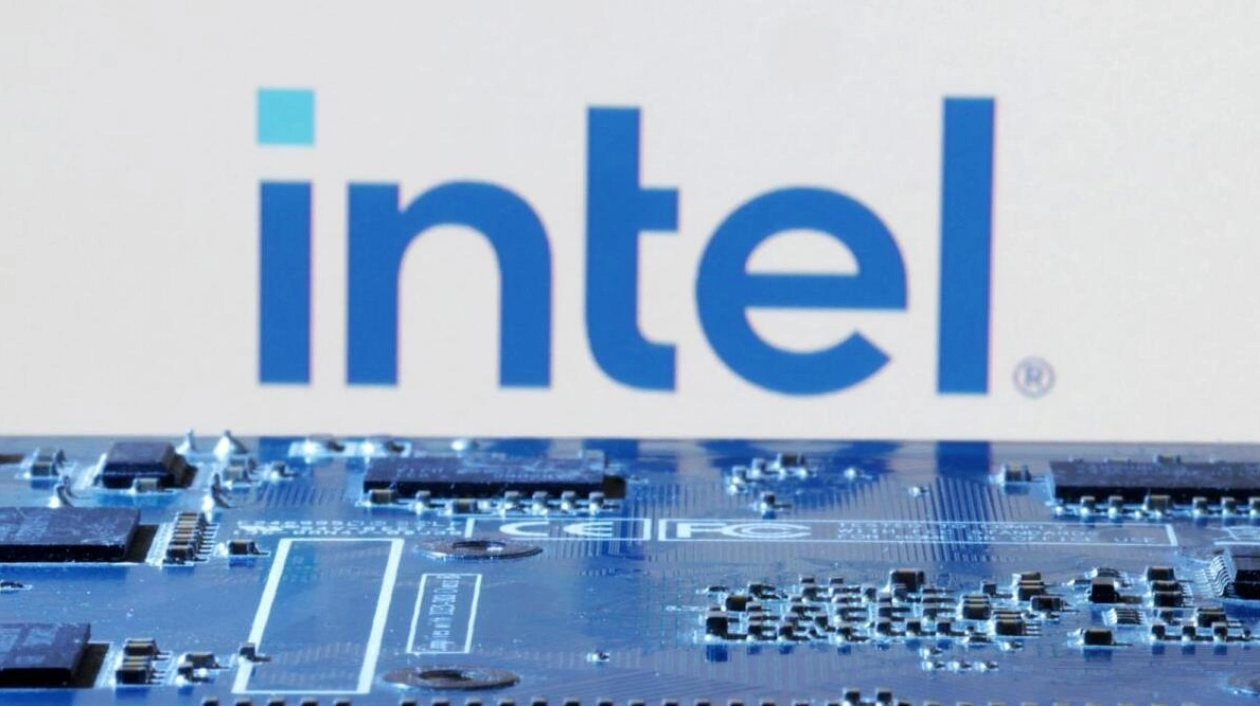Intel announced on Thursday that it will reduce its workforce by over 15 percent and halt its dividend payments beginning in the fourth quarter, as the company focuses on reviving its manufacturing operations, which have been unprofitable. Approximately 17,500 employees will be affected by these layoffs. As of June 29, Intel had 116,500 employees, excluding certain subsidiaries, and expects most of the job cuts to be finalized by the end of 2024. The company also projected third-quarter revenue to be lower than anticipated, due to reduced investments in traditional data center semiconductors and increased competition in the AI chip market where Intel trails behind its competitors.
Shares of Intel, headquartered in Santa Clara, California, dropped by 20 percent in after-hours trading, resulting in a potential loss of over $24 billion in market value. The stock had already declined by 7 percent during Thursday's trading session, mirroring a broader downturn in US chip stocks following a cautious forecast from Arm Holdings on Wednesday. Despite Intel's challenges, other chip industry leaders like Nvidia and AMD saw slight increases in their stock prices after hours, highlighting their strong positions in the AI sector.
CEO Pat Gelsinger emphasized the need for fewer employees at headquarters and more in the field to support customers, during an interview with Reuters. Regarding the suspension of dividends, he stated, "Our goal is to eventually pay a competitive dividend, but currently, our focus is on strengthening the balance sheet and reducing debt." Intel also revealed plans to cut operating expenses and decrease capital expenditures by more than $10 billion in 2025, exceeding its initial plans.
Michael Schulman, Chief Investment Officer of Running Point Capital, commented on the $10 billion cost reduction plan, questioning whether these measures are sufficient and timely, given that Gelsinger has been CEO for over three years. He also noted that the elimination of dividends could negatively impact Intel's stock in the short to medium term, as it would exclude the company from ETFs, indices, and investment strategies that prioritize dividend-paying stocks.
As of June 29, Intel reported cash and cash equivalents of $11.29 billion and total current liabilities of approximately $32 billion. The company has been heavily investing in expanding its manufacturing capabilities to compete with the Taiwanese giant TSMC. Intel's underperformance in the AI chip market has led to a 40 percent decline in its shares this year.
Intel's cost reduction plan includes a 17 percent reduction in capital expenditures for 2025, projected to be $21.5 billion. The company anticipates these costs to remain stable in 2024. Analysts like Tejas Dessai from Global X observe that Intel is facing a decline in its traditional data center business while undergoing a costly transition to a foundry model. Intel has been slower than TSMC in adopting advanced lithography tools, but it aims to catch up by being the first to assemble ASML's new "High NA EUV" lithography tools in April.
These advanced tools are more expensive, but Intel believes they will enable the production of superior processors by allowing for smaller components. Analysts predict that Intel's transformation of its foundry business will take several years and expect TSMC to continue leading in the industry. In April, Intel announced a quarterly dividend of 12.5 cents per share. The company anticipates quarterly revenue to range between $12.5 billion and $13.5 billion, below the analysts' average estimate of $14.35 billion, according to LSEG data.






